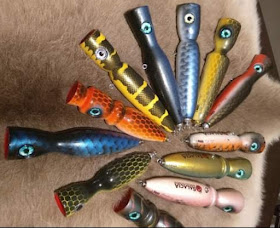Southeast Asia has had a long history of producing local vegetable fibre textiles and later, locally grown handspun cotton textiles introduced by early traders from the Indian subcontinent. As Srivijaya evolved into a Maritime kingdom in the 7 th century, merchants from India, China, Persia and Arab came to trade on Malay soil. Among other goods, they brought silk threads, gold and textiles for trade. The new textiles and materials provided a new dimension to weaving in Malaysia. When Europeans arrived in Melaka towards the late 14 th century, the frame loom was introduced.
In the early centuries of maritime trading, Indian traders brought the back-strap loom to Southeast Asia and introduced cotton as an alternative to bark-cloth textile. This primitive back-strap loom requires little effort in setting up. There is no rigid framework thus; the warp beam can be set up wherever there are two parallel upright poles. Often women are seen working at the verandah, in between house and field chores. The back-strap loom is portable, which befits the nomadic requirements and simplistic lifestyle of these communities. Most of the motifs and designs of the ancient forms of vegetable fibre textiles are connected to ceremonial rites and animistic values. Among the most renown and sought after textile are the cotton blankets called Pua Kumbu of the Iban tribe of Sarawak. The Iban tribe's lifestyle and beliefs are intricately woven into their textiles. As in many societies, weaving was always the work of women and her status in the community can be revealed from the type of motifs weaved. In the olden days, motifs with humanoid figures or anthromorphs (engkaramba) can only be weaved by wives and daughters of chiefs. These figures with raised arms and out-turned legs are representations of deities of the Iban's animistic religion and serves as a talisman to protect the wearer from danger as well as to ensure a bountiful harvest for the season. Although difficult to interpret, the motifs and colouring are usually inspired by the environment and reveal a lot about the Iban's rituals and beliefs. While most motifs are visual representations of animals, plants and even daily activities, others are more complex and abstract. Intricate patterns on the pua are often traditional and hereditary.
Kept as family heirlooms, these patterns are passed from mother to daughter. Like a personal stamp, the Iban women infuse much of their creativity in their weaving and decorative style. The most popular is the ikat or tie-and-die method. The warp patterns are created by selectively dyeing the longitudinal threads prior to weaving. This is also known as resist dyeing. When the dyed yarns are woven with a plain weft, the warped patterns emerge fuzzy and indistinct. To enhance the motifs, some weavers introduce embroidery, tapestry weaving, brocade weaving or supplementary weft embroidery. Old beliefs of misfortunes and death befalling upon them, however, kept weavers from straying from traditional motifs and methods of weaving.




